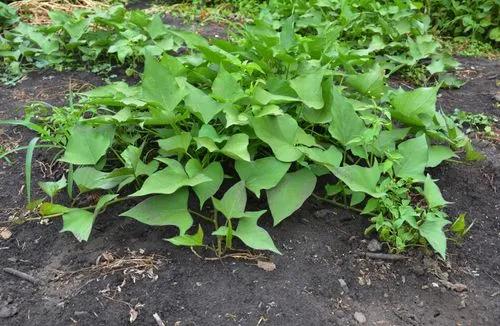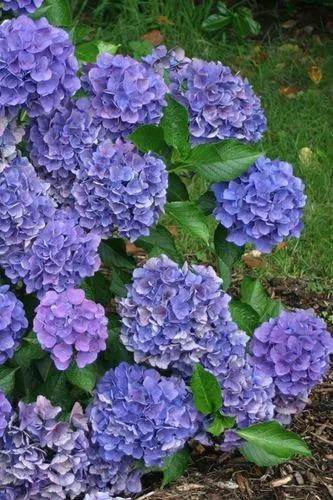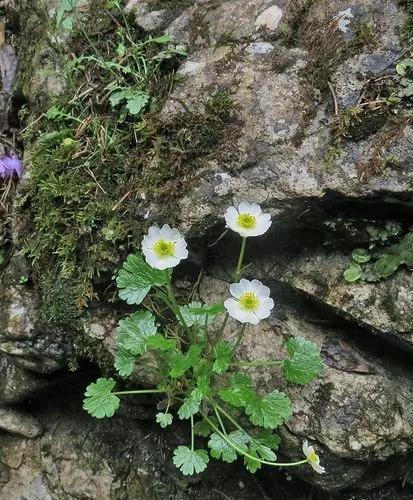Iris pallida, the Dalmatian iris or sweet iris, is a hardy flowering perennial plant of the genus Iris, family Iridaceae. It is native to the Dalmatian coast but widely naturalised elsewhere. It is a member of the subgenus Iris, meaning that it is a bearded iris, and grows from a rhizome.
Iris Pallida Care
Iris Pallida



How to Care for the Plant

Water

They need to be watered well when they are first planted in the soil.

Pruning

Cut back after flowering. Prune back the foliage in the fall. This will reduce the chances of overwintering pests and diseases. Make dividing a habit. Divide clumps of bearded iris plants every three to four years in late summer.

Fertilizer

Do not mulch. Mulching helps the soil retain moisture, and too much moisture will cause the rhizomes to rot. Adding organic fertiliser to the soil well under the rhizome before planting the rhizome will help in good growth.

Sunlight

Full sun, partial shade.

Soil

Grows in fertile, organically rich, continuously moist to boggy soils.

Temperature

Tender plant – may be damaged or killed by low temperature.

Additional

Iris toxicity is generally mild in humans, but in pets and cattle, it can cause serious illness and death. ... If toxicity occurs in humans, the most common symptoms are skin irritation from dermal exposure, nausea and vomiting, abdominal pain, and diarrhea in cases of substantial ingestion.

Popularity

498 people already have this plant 56 people have added this plant to their wishlists
Discover more plants with the list below
Popular articles






